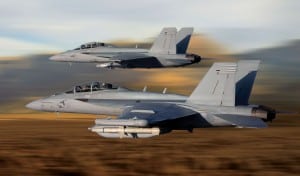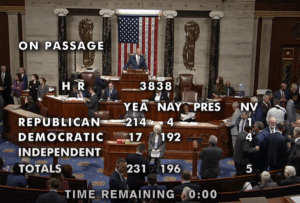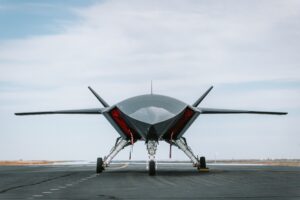
The U.S. Defense Department and Australian Department of Defense expanded their cooperative partnership on the Next Generation Jammer by signing a project arrangement on future variants. In the July 13 agreement, the countries signed a Next Generation Jammer Low Band (NGJ-LB) Project Arrangement (PA) “to ensure commonality on future jamming variants." The Navy underscored the NJG cooperative work aims to share both costs and risks in the program while both gain improved jammer capabilities in aircraft. The NGJ is how…

 By
By 











